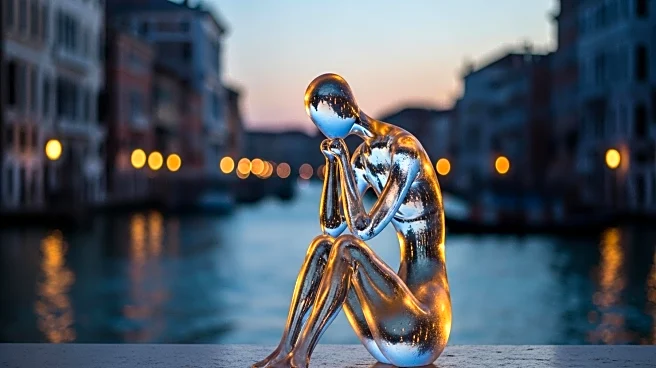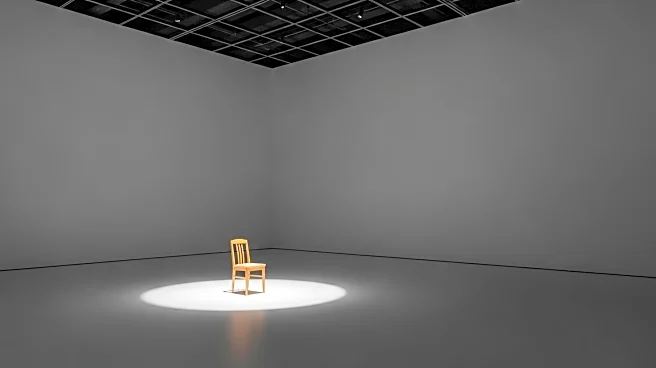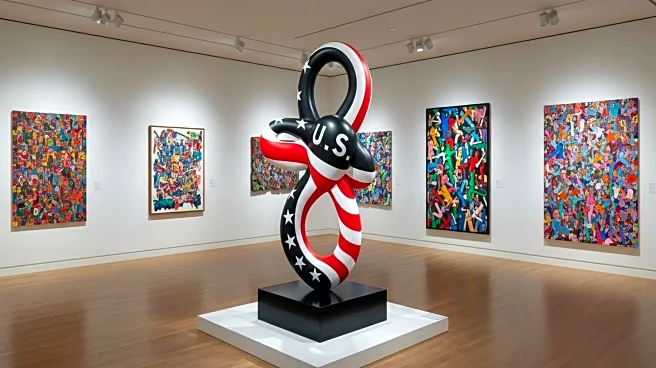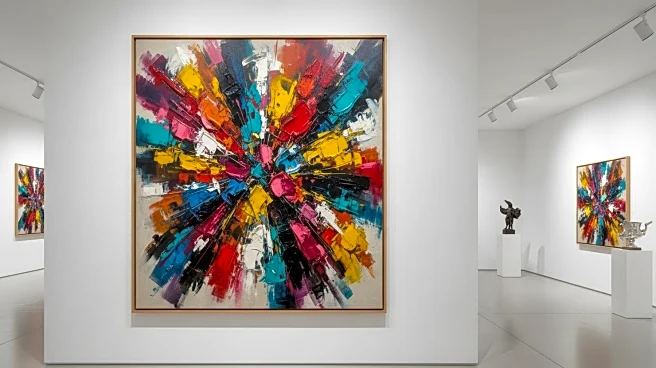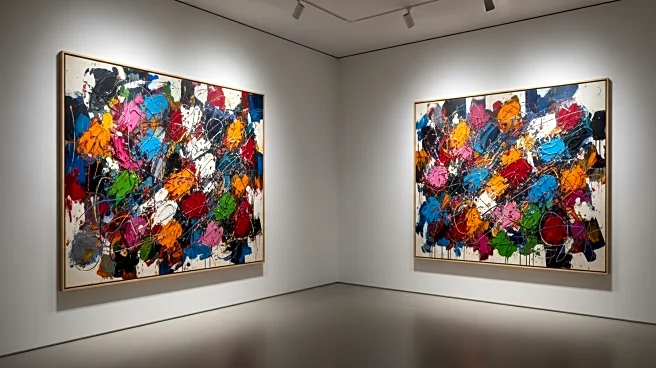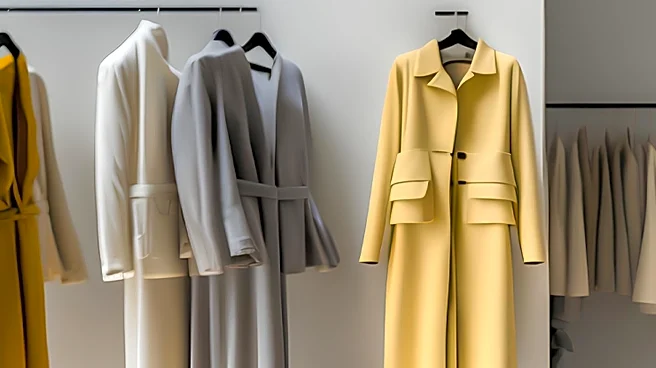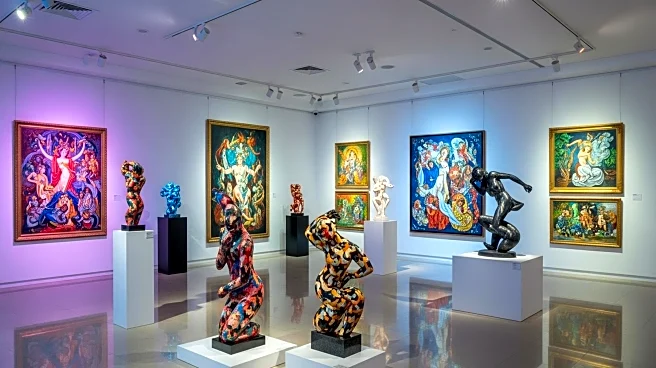What's Happening?
The Whitney Museum of American Art has opened 'Sixties Surreal,' an exhibition showcasing a wide array of artworks from the 1960s that challenge traditional narratives of the era. The exhibition features 111 artists and includes works that defy conventional definitions of surrealism, offering a counter-canon to the dominant art movements of Pop, Minimalism, and Conceptualism. Highlights include Nancy Graves' camel sculptures and Harold Stevenson's 'The New Adam,' among others. The exhibition aims to broaden the understanding of surrealism and its influence on American culture during the 1960s.
Why It's Important?
The 'Sixties Surreal' exhibition is significant for its attempt to redefine the artistic landscape of the 1960s by highlighting lesser-known works and artists. It challenges the established art historical narrative and encourages viewers to reconsider the impact of surrealism on American art and culture. The exhibition's diverse selection of artworks reflects the era's social and political upheavals, offering insights into how artists responded to and influenced cultural shifts. By expanding the canon, the exhibition contributes to a more inclusive understanding of art history.
Beyond the Headlines
The exhibition raises questions about the role of museums in shaping art history and the importance of inclusivity in curatorial practices. It highlights the ethical considerations of representing diverse artistic voices and the potential for art to reflect and influence societal change. The cultural dimensions of the exhibition involve exploring how surrealism and other movements intersected with broader social movements, such as feminism and civil rights, during the 1960s.

